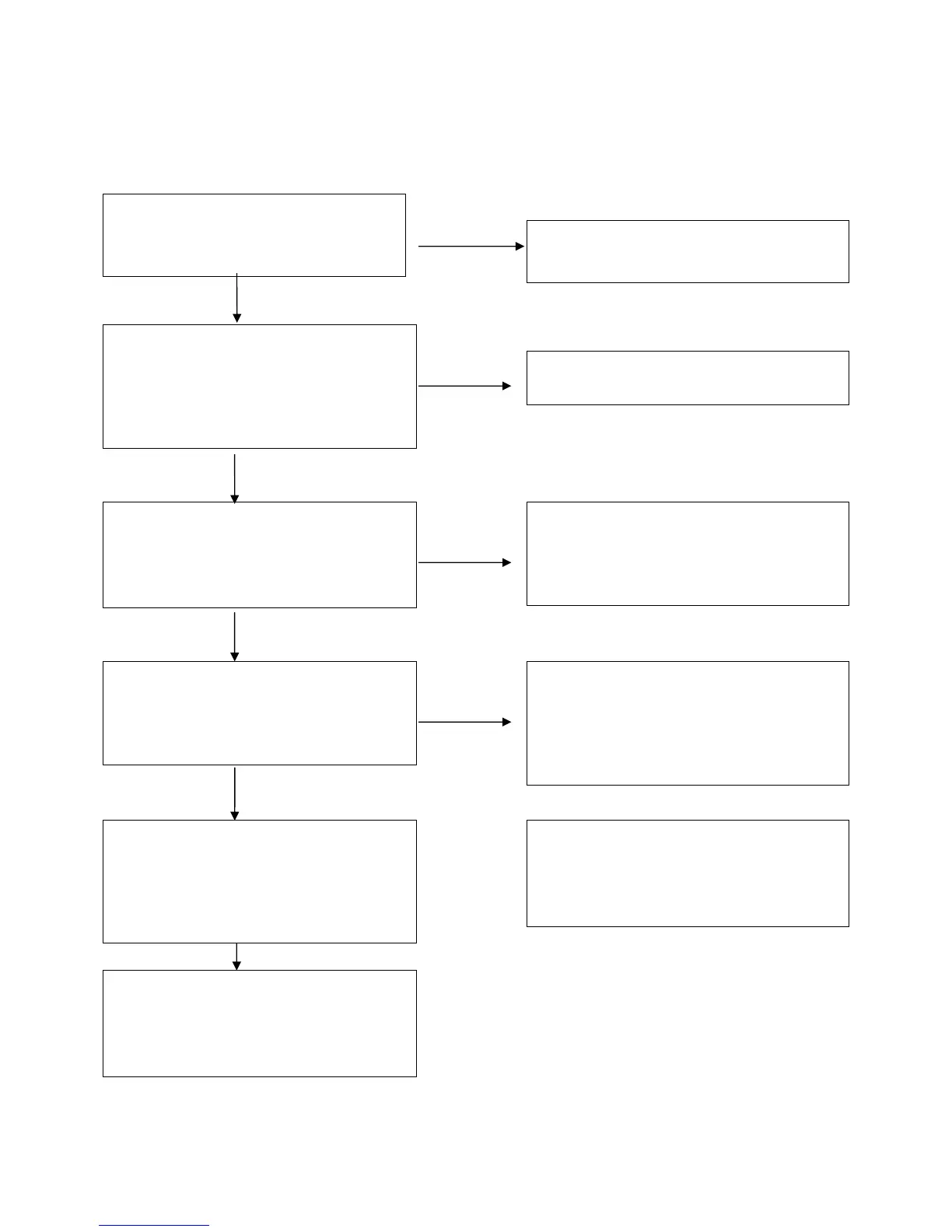ELECTRICAL
9-17
CHARGING SYSTEM TESTING
Whenever charging system problems are suspected, proceed with the following system checks:
Using a multi-tester set on D.C. volts,
measure the battery open circuit voltage (see
procedure later in chapter). It should be 12.4
volts or more. Is it?
NO
Remove the battery and properly service.
Reinstall the fully charged battery or a fully
charged shop battery.
YES
Meter Setting: DC Volts
With the transmission in neutral, start the
engine and increase RPM to between 3000
4000. Read battery voltage with the voltmeter.
Voltage readings should start to increase
towards 13.0 V D.C. Was an increase noticed?
YES
Check Key off Current Draw
Refer to Page 9.18.
NO
Perform system “Break Even Amperage” test
outlined on Page 9.18.
Does charging occur as specified?
Meter Setting: DC Amps
YES
Check for owner modification, and discuss
operating habits. The battery will continually
discharge if operated below the “Break Even”
RPM. Continued problems would call for battery
inspection.
NO
Disconnect the wires leading from the regulator/
rectifier. Using a multi-tester, perform an
Alternator Output (AC amp) test. See test
procedure on Page 9.18 for procedure.
Is output above 5 amps?
NO
Inspect the wiring harness between the panel
and the stator for damage. If no damage is found,
remove the recoil and flywheel.
Inspect the flywheel magnets, stator coils and
stator wire harness for damage. Repair or
replace any damaged components.
YES
Meter Setting: DC Volts
Reconnect the alternator wires. Note: Red wire
must be connected to harness. Battery voltage
must be present on red wire terminal on
harness side of voltage regulator connector.
Is it?
Check regulator/rectifier connections and
ground, battery connections, circuit breaker and
connecting wires. Repair or replace faulty wiring
or components.
YES
If all of the previous tests indicate a good
condition, but the charging voltage
above battery voltage at the connector or
terminal board, replace the voltage regulator.

